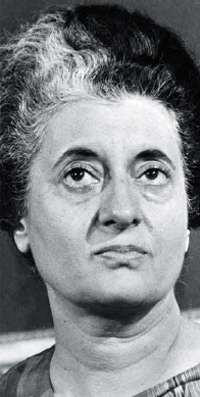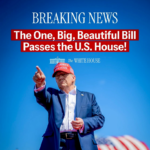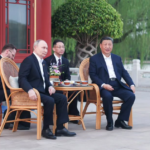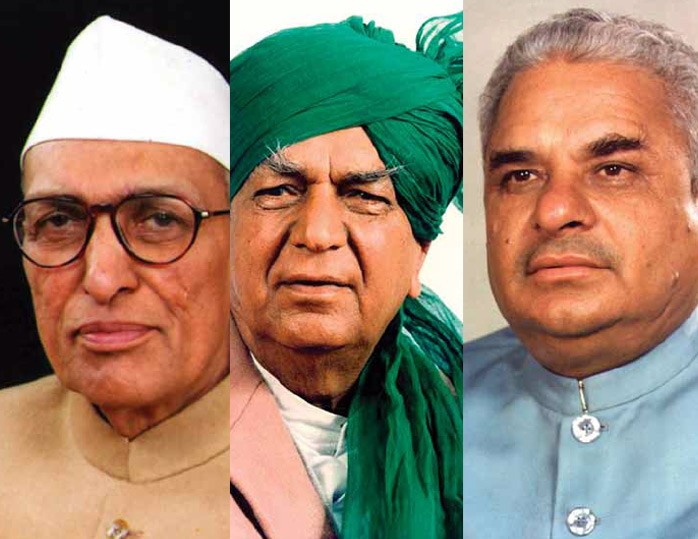NOTWITHSTANDING that Chaudhary Devi Lal’s ambition to be the Prime Minister was thwarted—he ending up as Deputy PM under VP Singh and Chandrashekhar—Haryana did willy-nilly produce a PM, albeit temporarily. Gulzari Lal Nanda, who was interim PM after the demise of Jawaharlal Nehru in May 1964 and again after Lal Bahadur Shastri in January 1966, belonged to that part of Punjab which on November 1, 1966, emerged as India’s 20th State, Haryana. Nanda was responsible for the emergence of Faridabad, an industrial town on the fringe of Delhi, in the early sixties. (Another Nanda—HP Nanda, played a role in Faridabad’s emergence, with Escorts tractors and motorcycles becoming household names nationwide.) GL Nanda was the Union Home Minister when Haryana was born.
The name Lal has been a dominating factor in Haryana politics: Chief Minister Manohal Lal Khattar had as his predecessors, besides Devi Lal, Bansi Lal and Bhajan Lal. Soon after the formation of Haryana in 1967, a MLA, Gaya Lal, defected from Congress to the Opposition and back to the Congress again within a fortnight. Announcing his redefection, the then CM, Rao Birendra Singh, said:”Gaya Ram is now Aya Ram”. This added “Aya Ram-Gaya Ram” to the Indian political lexicon.
Defections dogged Haryana politics for many years till the anti-defection law put paid to this practice. In January 1980, after Indira Gandhi returned to power at the Centre, Chief Minister Bhajan Lal created history by en-masse defecting with his Janata Party government and forming a Congress regime in the State. Bhajan Lal retained power amidst high voltage defection drama after the Assembly elections in June 1982. Both he and Janata Party leader Devi Lal whisked away respective MLAs to remote locations before the trial of strength in which Bhajan Lal prevailed. Sunday magazine had published a cover story on this phenomenon and Bhajan Lal earned the epithet “Hijacker” on the journal’s cover. The story listed the journey of the ghee trader from Adampur mandi who had emerged as the King. Till date, purest ghee in Kolkata’s wholesale market, Posta Bazar, is referred to as “Bhajan Lal ghee”.
The Lal who indeed changed the face of Haryana, which comprised areas of underdeveloped Punjab prior to November 1, 1966, was Bansi Lal, who became CM in May 1968 after Bhagwat Dayal Sharma and Rao Birendra Singh’s short tenures. Till November 1975, when Bansi Lal moved to the Centre as Defence Minister, he changed the face of Haryana. Bansi Lal was inducted as part of the Sanjay Gandhi team which dominated the discourse during that period of Indira Gandhi’s Emergency rule—he joined the New Delhi establishment on the eve of the Kamagata Maru Nagar Session of Congress in December 1975 which saw the emergence of Sanjay Gandhi as Indira’s heir apparent. Sanjay’s pet Maruti project was located in Haryana.
Bansi Lal and his trusted bureaucrat, SK Mishra (who later retired as Prinicipal Secretary to Prime Minister), changed the paradigm of governance in Haryana. Tourism received a fillip. Road connectivity was improved and network expanded. Bansi Lal even created a road within the territory of Haryana linking it to Delhi, bypassing Lalru in Punjab, to ensure that the intense inter-State dispute with the neighbouring State did not hamper movement of the Haryana Roadways between Chandigarh and Delhi. The CM preferred travelling by road and the legend was that if at any point of the journey his vehicle encountered a bump then the job of the concerned superintending engineer of Haryana PWD was at stake.
BANSI Lal sowed seeds of industrialisation in the State, taking forward the Faridabad concept of Gulzari Lal Nanda. He was much ahead of his time. Today it is common practice for state CMs to solicit investments. Bansi Lal did this with alacrity in the late 1960s. His penchant for getting industry into Haryana was such that, according to a story doing rounds those days, when Film legend Raj Kapoor went to see Bansi Lal, who had been told Kapoor was a bigwig of the film industry, enquired, “Kapoor sahib aap industry kahan lagayenge—saari madad milegi”. An amused and amazed Raj Kapoor is said to have cut short the interaction.

Bansi Lal played a silent but significant role as Union Minister. His intervention saw Indira Gandhi give up the concept of Deputy Ministers at the Centre. It so happened that at a military parade, where protocol and the Order of Precedence is strictly adhered to, Bansi Lal saw Janaki Ballabh Patnaik, then Deputy Defence Minister, sitting among officials and not on the sofas where other dignitaries, including Bansi Lal and his MoS, Vitthal Narhari Gadgil, were seated. On enquiry he learnt that a Deputy Minister was way down in the Order of Precedence, almost at par with senior civilian officers but below Generals of armed forces. At the earliest opportunity, Bansi Lal confronted Indira Gandhi: “Behenji, aapney unhey ohda toh diya hai, par unhey izzat nahin mili” (you have given them office but not rank and status).This intervention saw an en masse elevation of Deputy Ministers to Ministers of State. Apart from VP Singh no other Prime Minister has appointed deputy ministers since. Deputy Ministers who were elevated to MoS rank by Indira Gandhi in late seventies included Pranab Mukherjee, Viswanath Pratap Singh, JB Patnaik and Veerbhadra Singh.
Bansi Lal’s term as Defence Minister was not without glitches. In Haryana Secretariat style, he used to walk the corridors of South Block and barge into officers’ rooms. Once at the weekly Tuesday meeting with senior officers, he confronted the then Army Chief, Gen TN Raina: “General sahib, aap kahan chhadi ghumakar ghhomtey rehetey hain? Mayn kai baar aapke kamrey giya,aap nahin miley”. The stoic General replied: “The tour schedule of the Chief of Army Staff is only to be conveyed to the Supreme Commander (President of India). No one else, including you, Minister Sir, is supposed to be privy”. Fortunately civilian officers around him cautioned the Raksha Mantri and thus a Krishna Menon-type situation was averted.
Devi Lal may not have emerged as PM, but sans his Green Brigade, the journey of VP Singh could not have begun at the Allahabad Lok Sabha byelection in June 1988. Later it was Devi Lal who acted as fulcrum to elevate his close friend Chandrashekhar as PM when VP Singh was ousted.
HARYANA has hosted two major sessions of the Congress party. The session of AICC at Faridabad in April 1969, under S Nijalingappa’s presidency, was a precursor to the 1969 split. Post the Babri debacle, PV Narasimha Rao held a Special Session of AICC in Surajkund in March 1993.This session saw the emergence of what was to be Congress (Tiwari) and the subsequent decline of Rao. Bhajan Lal’s huge cauldron—karahi—from Adampur, which served halwa to the delegates was alight aside to the otherwise surcharged session.
Surajkund was the place where the then Deputy PM and Home Minister, Chaudhary Charan Singh, sojourned after differences in Janata Party government of Morarji Desai surfaced in 1978. In an interview to journalist Udayan Sharma at Surajkund, Charan Singh branded Morarji cabinet as a “bunch of impotents”. This sowed seeds of split and emergence of Charan Singh as PM for a brief tenure in 1979 and the return of Indira Gandhi to power.
Apart from historic Kurukshetra, even Faridabad and Surajkund have thus been venues for meandering of history.
Writer is a former Editor of Sunday and National Herald and former political editor of The Tribune































































